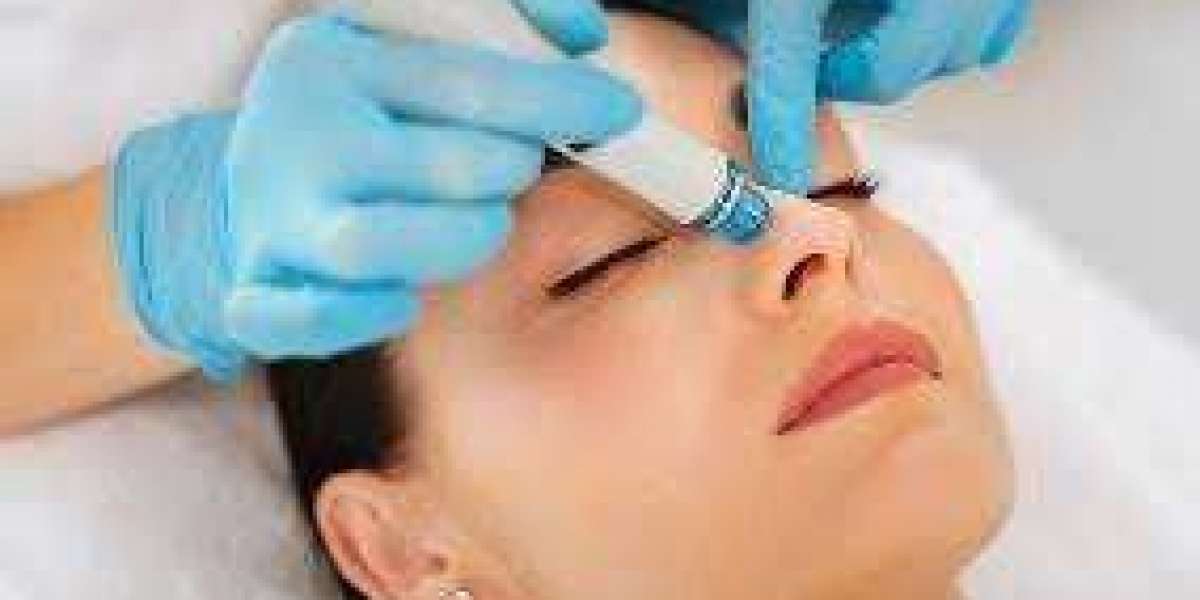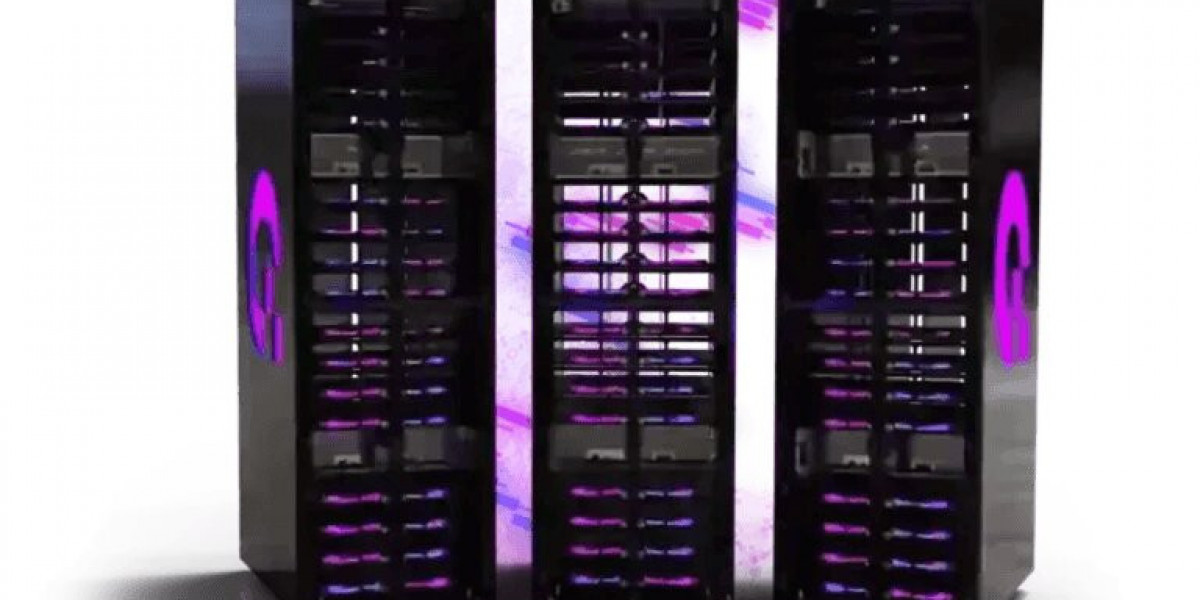Hydrafacial treatments have gained immense popularity for their ability to hydrate and rejuvenate the skin. However, some individuals experience unexpected results, leaving them wondering, "Why does my Skin Looks Worse After Hydrafacial?" In this article, we’ll explore the reasons behind this phenomenon and offer solutions to help you recover.
Understanding Hydrafacial Treatments
A Hydrafacial is a multi-step facial treatment that cleanses, exfoliates, and hydrates the skin using a specialized device. The procedure typically includes:
- Cleansing and Exfoliation: Removal of dead skin cells to reveal fresh skin.
- Chemical Peel: A gentle peel to further exfoliate and prepare the skin.
- Extraction: Removal of impurities and blackheads through painless suction.
- Hydration: Infusion of serums packed with antioxidants, peptides, and hyaluronic acid.
This treatment promises immediate results, often leading to glowing skin. However, not everyone enjoys the desired effects.
Common Reasons Why Skin Looks Worse After Hydrafacial
If you've experienced skin that looks worse after a Hydrafacial, you’re not alone. Here are some common reasons behind this issue:
1. Skin Purging
One of the most common explanations is skin purging. This process occurs when the treatment accelerates the skin's natural exfoliation cycle, bringing underlying impurities to the surface. As a result, you might notice increased breakouts, redness, or irritation in the days following your Hydrafacial.
While purging can be frustrating, it is often temporary and should resolve as your skin adjusts. To ease this transition, consider:
- Gentle Skincare: Use mild, non-comedogenic products to avoid further irritation.
- Stay Hydrated: Drink plenty of water to help flush out toxins.
2. Allergic Reactions
Hydrafacials involve various serums and solutions that may contain ingredients to which your skin is sensitive or allergic. Common culprits include fragrances, preservatives, or certain acids. If your skin appears worse after treatment, it could be a sign of an allergic reaction, manifesting as:
- Redness
- Itching
- Swelling
If you suspect an allergy, consult your skincare professional for advice. They may recommend a patch test before future treatments to identify potential allergens.
3. Over-Exfoliation
Hydrafacials combine multiple exfoliating steps, which can be too much for sensitive skin. Over-exfoliation can strip the skin of its natural barrier, leading to:
- Increased sensitivity
- Dryness
- Flaking
To prevent over-exfoliation, consider spacing out your treatments or reducing the intensity of your sessions. Always communicate with your esthetician about your skin type and any concerns you have.
Managing Post-Hydrafacial Discomfort
Experiencing skin that looks worse after a Hydrafacial doesn’t mean the treatment is a failure. Here are some strategies to manage post-treatment discomfort:
1. Moisturize
Post-treatment, your skin may feel dry or tight. Using a gentle, hydrating moisturizer can help restore your skin's moisture barrier. Look for products with:
- Hyaluronic acid
- Ceramides
- Glycerin
Apply moisturizer immediately after your treatment and continue using it regularly for the best results.
2. Avoid Harsh Products
After a Hydrafacial, it's essential to avoid products that can irritate the skin. Stay away from:
- Retinoids
- Exfoliating acids (like glycolic or salicylic acid)
- Alcohol-based toners
Opt for soothing, hydrating products until your skin recovers. Always check with your esthetician or dermatologist for recommendations.
3. Sun Protection
Your skin may be more sensitive to UV rays following a Hydrafacial. To prevent further irritation or pigmentation, apply a broad-spectrum sunscreen with at least SPF 30. Reapply every two hours, especially if you're outdoors.
4. Consult a Professional
If your skin does not improve after a few days or worsens significantly, consult your skincare professional. They can evaluate your skin's condition and recommend treatments or products to alleviate your symptoms.
Tips for a Successful Hydrafacial Experience
To maximize your Hydrafacial results and minimize the risk of adverse reactions, consider the following tips:
1. Pre-Treatment Preparation
Properly preparing your skin before a Hydrafacial can enhance its effectiveness. Here’s how:
- Avoid Retinoids: Stop using retinoids at least a week before your treatment to reduce the risk of irritation.
- Stay Hydrated: Drink plenty of water in the days leading up to your appointment to ensure your skin is well-hydrated.
2. Choose the Right Provider
Selecting an experienced and reputable esthetician or clinic is crucial. Look for:
- Reviews and testimonials from previous clients.
- Certifications and training in performing Hydrafacials.
A skilled professional will tailor the treatment to your specific skin type and concerns, minimizing the likelihood of adverse effects.
3. Follow Aftercare Instructions
Post-treatment care is vital for achieving the best results. Always follow the aftercare instructions provided by your esthetician. This may include:
- Avoiding hot showers and saunas for 24 hours.
- Refraining from vigorous exercise to reduce sweating and irritation.
Conclusion
While Hydrafacials are generally safe and effective, some individuals may experience temporary side effects, leading to the feeling that their skin looks worse after treatment. Understanding the reasons behind these reactions—such as skin purging, allergic reactions, and over-exfoliation—can help you navigate post-treatment care.
By following the recommended strategies for managing discomfort and preparing for your next treatment, you can enjoy the benefits of Hydrafacial while minimizing potential downsides. Remember, patience is key, and the journey to glowing skin may involve a few bumps along the way.








